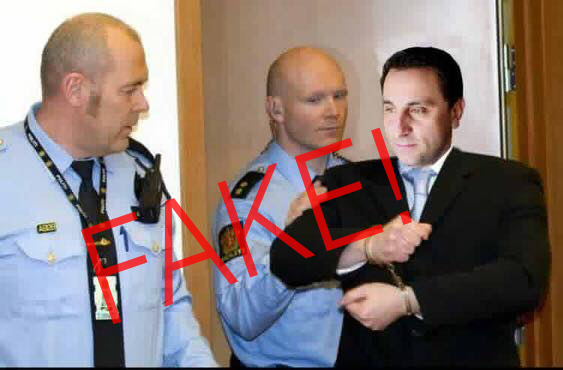Hey everyone – I’m really hoping that you can support the following with your direct contribution or by sharing this far and wide.
Back in January of 2013, I initiated a massive open online course about edtech called #etmooc. It was an amazing experience for me, and perhaps most significantly, it introduced to me to a group of amazing, passionate individuals who have continued to learn and connect since the early days of the course.
These individuals have not only been great supporters of open and networked learning, they are also incredibly caring individuals who have demonstrated immense charity and kind regard for others.
As many of you may remember, the day after the last #etmooc session, my father Mario passed away unexpectedly. #etmooc participants and so many others in my network were there for me to provide their sincere condolences and support in my greatest time of need. I know that we often see the shallowness of social media connections, but I am fortunate to have experienced deep caring and friendship in these spaces.
About a year ago, the group of #etmooc alumni surprised me with an incredible gift. They initiated a bursary at the University of Regina (my place of employment) in memory of my father. Befitting the fact that my parents immigrated to Canada in the 1950’s, the Mario Couros Bursary has been set up specifically to support the post-secondary education of a new Canadian who is looking to enter the Faculty of Education and become a teacher!
#etmooc has been raising money all year but they are still short of the goal of $25,000 Canadian dollars. So, to boost efforts, #etmooc individuals have taken the incredible additional step of setting up an online auction to raise funds for the additional amount needed to fully fund the bursary.
So what am I asking you to do here? If you are interested in the auction items, please consider going to http://tiny.cc/mariocouros and scroll down the page to bid on various items that have been donated by #etmooc participants. If you’re not interested in any of the items, you can also donate directly to the bursary through Erin Werner at the University of Regina, via phone at 306-585-5432, or via email at erin.werner@uregina.ca
Or, if you are not in the place to bid or donate, please consider sharing this post. I’m really hoping that we can fully fund the bursary.




